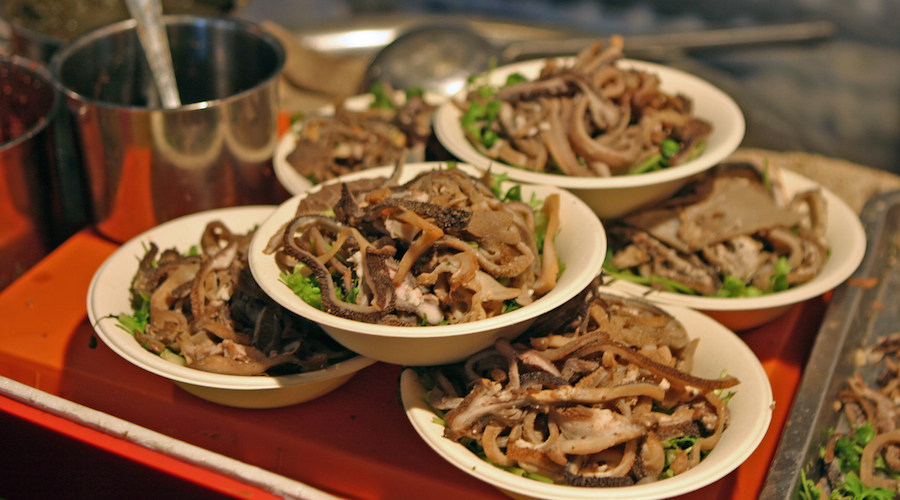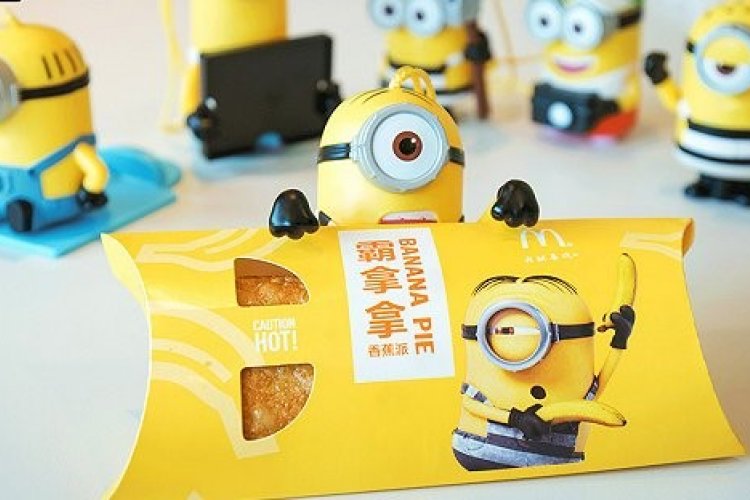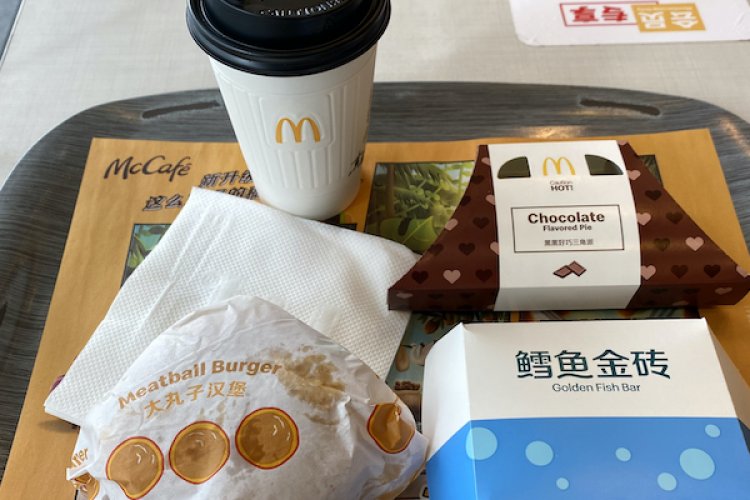Snacks Attacked: Whither Beijing’s Traditional Street Food?
Champions of Beijing’s traditional foods lost a key figure last week when third generation founder of laozihao (time-honored brand) restaurant Baodu Feng (爆肚冯), Feng Guangju, passed away at the age of 82 on December 29.
Named for its signature dish of quick-boiled tripe, Baodu Feng has branches in Qianmen, Caishikou, and Shichahai, and traces its roots back to the Qing dynasty. In addition to reviving his own business in the 1980s after 30 years of interruption following the Communist revolution, Feng was also instrumental in encouraging other restaurant owners and practitioners of traditional snacks to revive their trades. Many of these restaurants now occupy spots in Beijing’s hottest tourist areas, although they are not often mentioned in guidebooks aimed at foreign tourists.
Yet despite this apparent renaissance, the future of Beijing’s traditional snacks and dishes in unclear. As The Telegraph reports, traditional Beijing snacks have been on the decline since the mid-twentieth century, with a study by the Development Association of Traditional Old Beijing Snacks suggesting that the number of dishes available had declined from 600 to under 30.
Quick-boiled tripe is just one of the traditional snacks still available to try today, including pea cake (wandouhuang, 豌豆黄), zhajiang noodles (zhajiangmian, 炸酱面) and candied haws (tanghulu, 糖葫芦) (trust us, they’re better than they sound – mostly). For a detailed guide to some of the other snacks, as well as where to get them, check out the November 2010 issue of the Beijinger.
More stories by this author here.
Email: robynnetindall@thebeijinger.com
Instagram: @gongbaobeijing
Twitter: @gongbaobeijing
Weibo: @宫保北京
Photo: adamclyde (Flickr)







